 The word Muhurta has a few meanings and references –
The word Muhurta has a few meanings and references –
- Muhurta is a time measure of 48 minutes reckoned from sunrise as a part of definition of linear time concepts (based on the speed of light as in the Rig Veda 1.50). The smallest time unit called nimesha [Srimad Bhagavatam (III, 11-3 to 10); Mahabharata; ] is the smallest humanly conceivable timeframe and is defined as the ‘wink of an eye’. Bear in mind that this is the fixed measure and a linear concept.15 nimeshas make 1 kashta, [Manu says 18 nimesa instead (Manu Smriti1.64)…perhaps Manu winked faster than the other sages!] 15 kashta make one laghu15 laghu make one ghatika (also called danda) 2 ghatika (30 laghu) make 1 muhurta and 30 muhurta make 1 diva-ratri or day (of 24 hours)
- Muhurta for astrological purposes of defining the quality of time is not exactly 48 minutes every day and can vary based on sunrise, sunset and local noon. This is a non-linear concept being cyclical and is also not fixed. There are 30 muhurtas in a nakshatra ahoratra (sidereal day and night reckoned from one sunrise to the next sunrise). The period from sunrise to local noon is divided into 7½ Muhurta as is the period between local noon and sunset. In a similar manner the period from sunset to midnight and midnight to the next sunrise is divided into 7½ Muhurta each (7½ Muhurta x 4 = 30 Muhurta). These four points of time – sunrise, local noon, sunset and midnight are the four Gayatri pada. Each of the four time span between these points measuring 7½ Muhurta is called a Prahara. So, the four (4) Prahara make a day. The eighth Muhurta spanning the last ½ Muhurta of the morning and first ½Muhurta of the afternoon is called Abhijeet Muhurta and is very auspicious as it maps into the Abhijeet nakshatra which is ruled by Hari (Narayana; hence Hari vamsa or Hari-kulesa {Hercules?) belonging to the lineage of Hari).
- The seven nakshatra before Abhijeet map into the seven Muhurta before Abhijeet Muhurta and constitute the first Prahara or morning. These are (1) Svati,(2) Visakha, (3) Anuradha, (4) Jyestha, (5) Magha, (6) Purva Phalguni, (7) Uttara Phalguni. The twenty (20) nakshatra after Abhijeet map into the twenty (20) muhurtas following Abhijeet Muhurta. In this manner the twenty eight nakshatra map into the 28 muhurtas starting from sunrise and the remaining two muhurta before sunrise are attributed to the Creator. These two muhurta taken together (96 minutes before sunrise) are loosely called as Brahma Muhurta. However, they are different in their energy and are better understood as Brahma and Surya (or Savitur to be more precise) being both Creators yet different. Brahma is the deity of Saturn and is associated with rebirth of the soul and this 29th Muhurta is excellent for meditation on the reasons for our creation, the purpose of this birth and realisation of the self and God whereas the 30th Muhurta is best for praying to the creator Savitur for impelling our intelligence in the right direction, burning the sins that led to rebirth and recovering from the curses and dridha karma of past births.3. Muhurta is one of the ten wives of Dharma and one of the sixty daughters (shatyamsa) of Daksa Prajapati the creator and Asikni. These sixty daughters are Sati, Khyati, Smrti, Svaha, Anasuya, Svadha, Priti, Kshama, Sambhuti,Sannati, Arundhati, Kirti, Laksmi, Dhrti, Medha Tusti, Sraddha, Kriya, Mati, Buddhi, Lajja, Vasu, Santi, Pusti, Siddhi, Rati, Arundhati, Vasudhasi, Lamba, Bhanu, Marutvati, Samkalpa, Muhurta, Sadhya, Visva, Aditi, Diti, Kala, Danayu, Simhika, Muni, Kadru, Krodha, Ira, Pava Vinata, Surabhi, Khasa, Bhrsasva, Suprabha and Jaya. Daksa Prajapati had his daughters marry illustrious persona of the vedic period.
(1) Two daughters married sage Angira (concept of truth and untruth) and Brihaspati was an offspring of this marriage.
(2) two daughters married the sage Krishashva (Supragya and Jaya),
(3) ten daughters were married to Dharma (concepts of navagraha lagna, the ten variables that define the individual creation based on dharma named Arundhati, Vasu, Yami, Lamba, Bhanumati, Marutvati, Sankalpa, Muhurta, Saadhya and Vishva),
(4) fourteen to sage Kashyap (concept of the fourteen worlds – seven of the devas and seven of the asuras populated largely by the children of these fourteen wives named Aditi, Diti, Danu, Kala, Anayu, Sinhika, Muni, Kadru, Saadhya, Ira, Krodha, Vinta, Surabhi and Khaga) and
(5) twenty-eight daughters to Chandra, the Moon God (concept of 28 nakshatra or constellations as the mental consciousness states and concept/experience of time).
The ten wives of Dharma gave birth to children (personification of concepts). The statements of the scriptures are examined here on the basis of the Arundhati Interpretation Principle – understood as the “Pointer principle” like pointing to a star. This principle was used to make statements often direct or propositions about gods, sages and other persona of the Vedic period in a figurative manner to show the underlying truth behind various aspects of life and sciences while simultaneously denying that these were not absolute truths but were instead pointers to that absolute truth.
Ten Wives of Dharma –
1. Sun: Bhanu gave birth to twelve Bhanus [the twelve Suns in the signs and not the sun signs which are Aditya as the sons of Aditi]. These are Dhata, Mitra, Aryama, Pusa, Sakra (Indra), Amsa, Varuna, Bhaga, Tvasta, Vivasvan, Savita and Visnu. (Nilamata Purana also).
2. Moon: Saadhya (accomplishment) gave birth to Saadhyaganas or Sadhva (personification of accomplishment resources). Personified as the rites and prayers that lead to accomplishment of the spiritual path, these twelve(from 12 Moon signs) listed in the Vayu Purana are Darsha, Paurnamasa, Vrihadashwa, Rathantara etc. The seventeen goals (from 16 Moon rays or Kala+ Supreme consciousness = 17) that result from these twelve paths are listed in the Matsya and Padma Purana as Bhava, Prabhava, Isha etc.
3. Mars: Vasu to Vasuganas or eight Vasudevas who were personifications of Agni /energy and were full of light and splendour. Apa, Dhruva, Soma (aka.Bhoja), Dhava (fire), Anila (wind), Anala (fire), Pratyusha (day-break or transformation from light to darkness and vice-versa), and Prabhasa (light).[Agni tatva ruled by Mars]
4. Mercury: Arundhati gave birth to the divisions of the earth and populated it. [Prithvi tatva ruled by Mercury]. This Arundhati is different from the daughter of Kashyapa of a similar name who was the wife of sage Vasistha. However the similarity in the name does show synergy*.
5. Jupiter: Muhurta gave birth to Muhurta ganas or the thirty personified deities of the Muhurta
6. Venus: Vishva gave birth to the Vishvedevas or the world creators. The Vishwadeva are either ten or twelve depending on the creation level or type as Jadatma (non-living) or Jivatma (living). For jadatma creation(non-living world), dasamsa (D10) is the sphere of action and the ten vishwadeva guiding the path to the ten digpala (direction deities) are listed in the Vayu Purana. For jivatma creation (living beings), dwadasamsa (D12) is the sphere of action and the twelve vishwadeva guiding the path to the four deities of the dvadasamsa (as the four mouths of Brahma) are listed in the Matsya Purana. [Jala tatva ruled by Venus is the root forsapta rasa that is used for creation. The sapta rasa or seven liquids as flavours /taste/fluid energy are (1) salty water, (2) milk, (3) butter(ghee), (4) curd, (5) wine, (6) sweetness of sugarcane-juice and (7) tastywater (Nilamata Purana).
7. Saturn: Marutvati gave birth to Marutvaans or Maruts, the wind gods[Saturn rules the vayu/air tatva]
8. Rahu: Lamba gave birth to Ghosha the arc of the heavens (celestial sphere and other arc concepts)
9. Ketu: Yami the daughter of the night, gave birth to Naagvithi (the milkyway defining one border of the zodiac)
10. Lagna: Sankalpaa gave birth to Sankalpa, the pious or auspicious and praiseworthy one and the ‘identity/self of all’ [implying that one Lagna(sankalpa) follows another (sankalpa); the word Kalpa means head or lagnathat defines the being created]
* Arundhati is also called Sandhya as Mercury alone is strong at these junction times and all other planets are weak. The Rajas energy of Mercury gives it the power of division. Arundhati’s spiritual might is seen in her other name ‘aksha-mala’ and her tapas of ability to ‘talk continuously on dharma for 12 years without food or sleep’ (Mercury rules speech) was extolled by Siva as that unmatched by the Rishi’s when it ended famine. She is seen with her spouse Vasistha in the Urja star and is considered very auspicious for newly weds to view and make a wish for being like her and close to spouse all the time. She is the grandmother of Parasara and great-grandmother of Krishna Dwaipayana Vedavyasa.
TO DO: please mark this in a diary
(1) Read more about the Arundhati Interpretation Principle – understood as the “Pointer principle” like pointing to a star as this is the key to understanding symbolism used in Jyotisa and the Vedas. [NOW]
(2) List the names of the 30 Muhurta, understand their meanings and symbolism associated with the 28 nakshatras and Brahma and Savitur, they map into
(3) Calculate the starting and ending Muhurta time for all the 30 Muhurta for the first day of each month (sankranti dates) so that you can use this
(4) Determine what is best for you to do in each muhurta based on your natal chart with 28 nakshatra (use Sarvato Bhadra Chakra) and also the spiritual practises for Brahma Muhurta (last 2 muhurtas).
(5) To understand dharma manifestation from the ninth house from (a) Lagna,(b) Karakamsa, (c) Arudha Lagna [Future – when you learn about this]

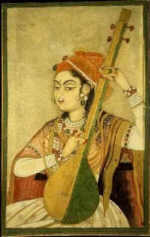

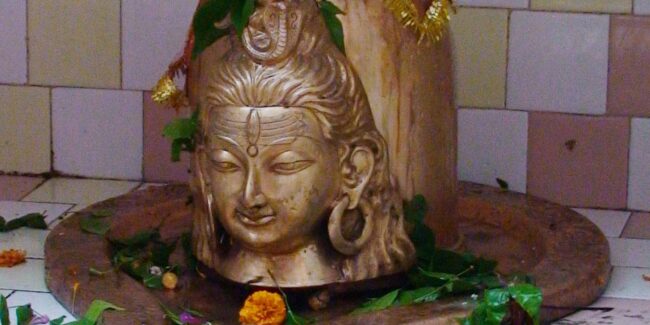
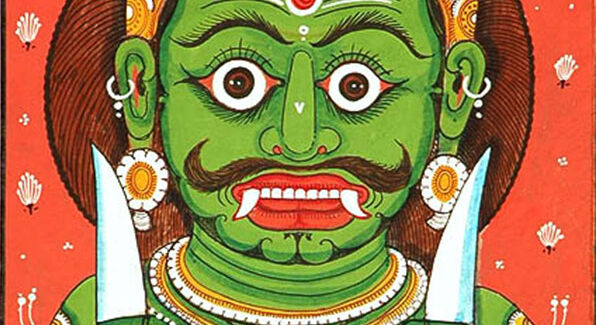
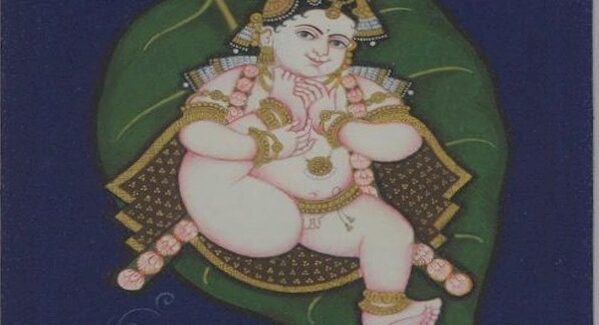
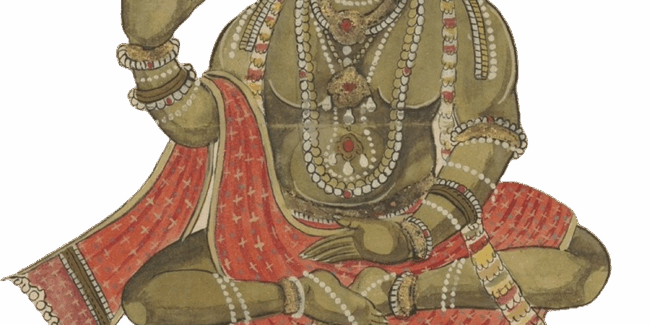
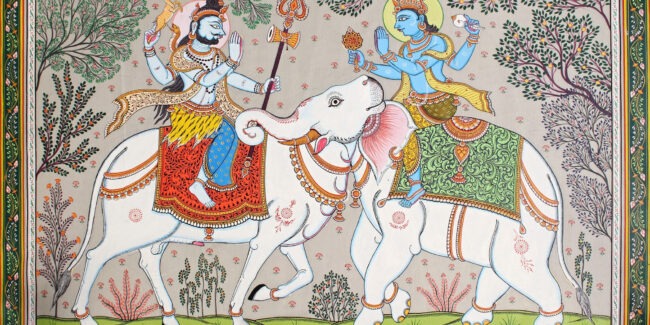
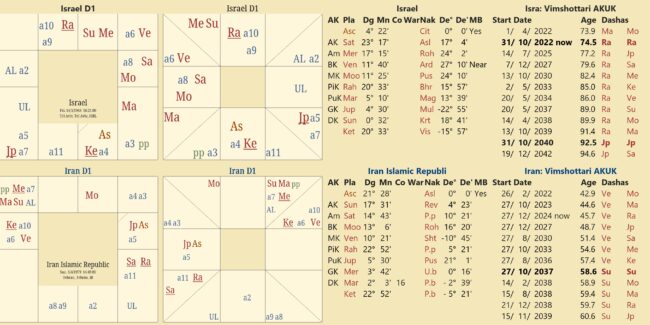
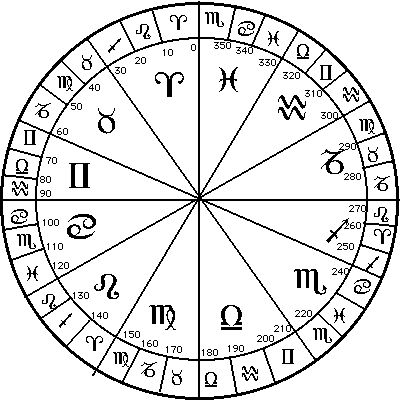
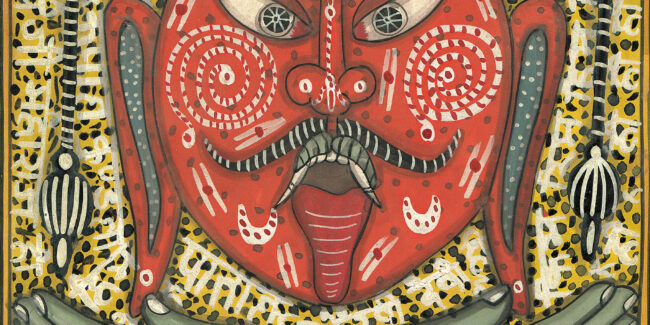
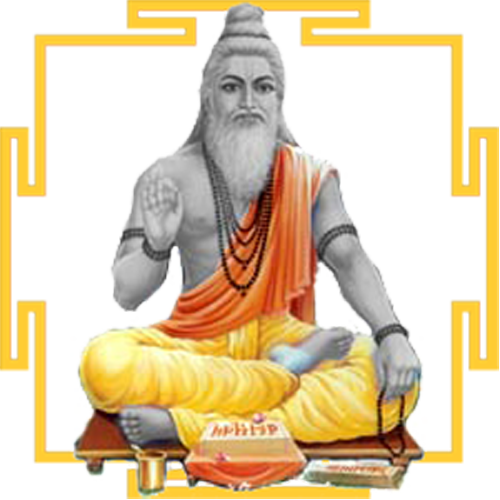 DBC offers online courses in jyotish (Vedic Astrology) taught directly by Sanjay Rath as per the tradition, through narrated power points and other audio tools. The courses are at different levels, from the beginners through the intermediate to the advanced and are known as SoHamsa | DBC courses, with individual classrooms and assistant teachers
DBC offers online courses in jyotish (Vedic Astrology) taught directly by Sanjay Rath as per the tradition, through narrated power points and other audio tools. The courses are at different levels, from the beginners through the intermediate to the advanced and are known as SoHamsa | DBC courses, with individual classrooms and assistant teachers
 Sagittarius Publications is the publisher and distributor the popular quaterly magazine the Jyotish Digest, as well as many thorough books on the subject of Vedic Astrology or Jyotish.
Sagittarius Publications is the publisher and distributor the popular quaterly magazine the Jyotish Digest, as well as many thorough books on the subject of Vedic Astrology or Jyotish.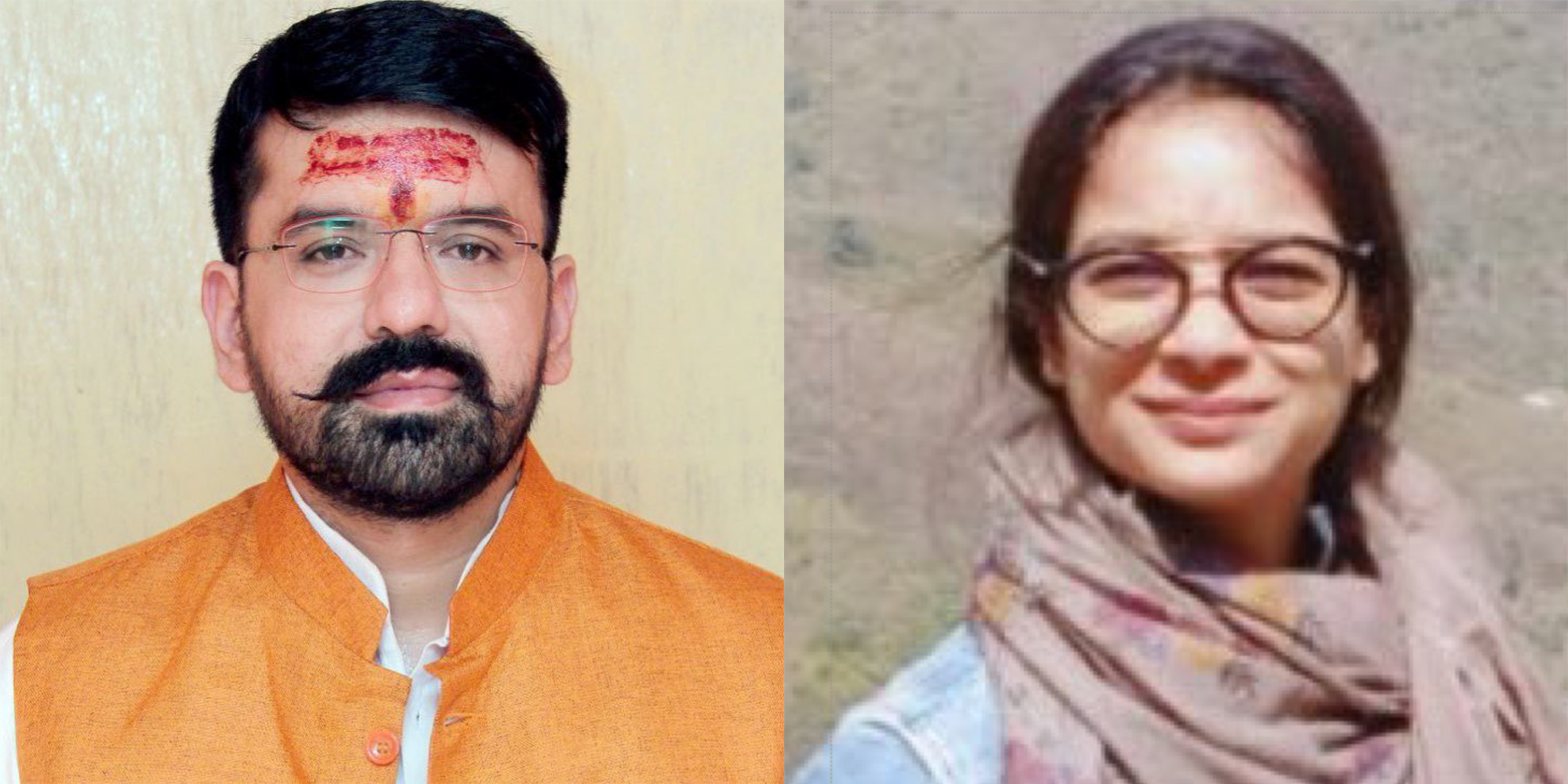 We have an excellent pandit Divākar ‘Deva’ Mishra, who is from the priests of Vindhyāvāsini Siddha Pīṭha to guide you through the hundreds of temples of Kāśi [Varanasi] and neighbouring regions. He can organise your pūjā, keep you safe and take care. He is supported by an English-speaking well-travelled spouse ‘Supriya Mishra’. Please contact them directly for any services, remedial pūjā and tours. They handled the 60+ member Kāśi Jyotiṣa Group 2022.
We have an excellent pandit Divākar ‘Deva’ Mishra, who is from the priests of Vindhyāvāsini Siddha Pīṭha to guide you through the hundreds of temples of Kāśi [Varanasi] and neighbouring regions. He can organise your pūjā, keep you safe and take care. He is supported by an English-speaking well-travelled spouse ‘Supriya Mishra’. Please contact them directly for any services, remedial pūjā and tours. They handled the 60+ member Kāśi Jyotiṣa Group 2022.